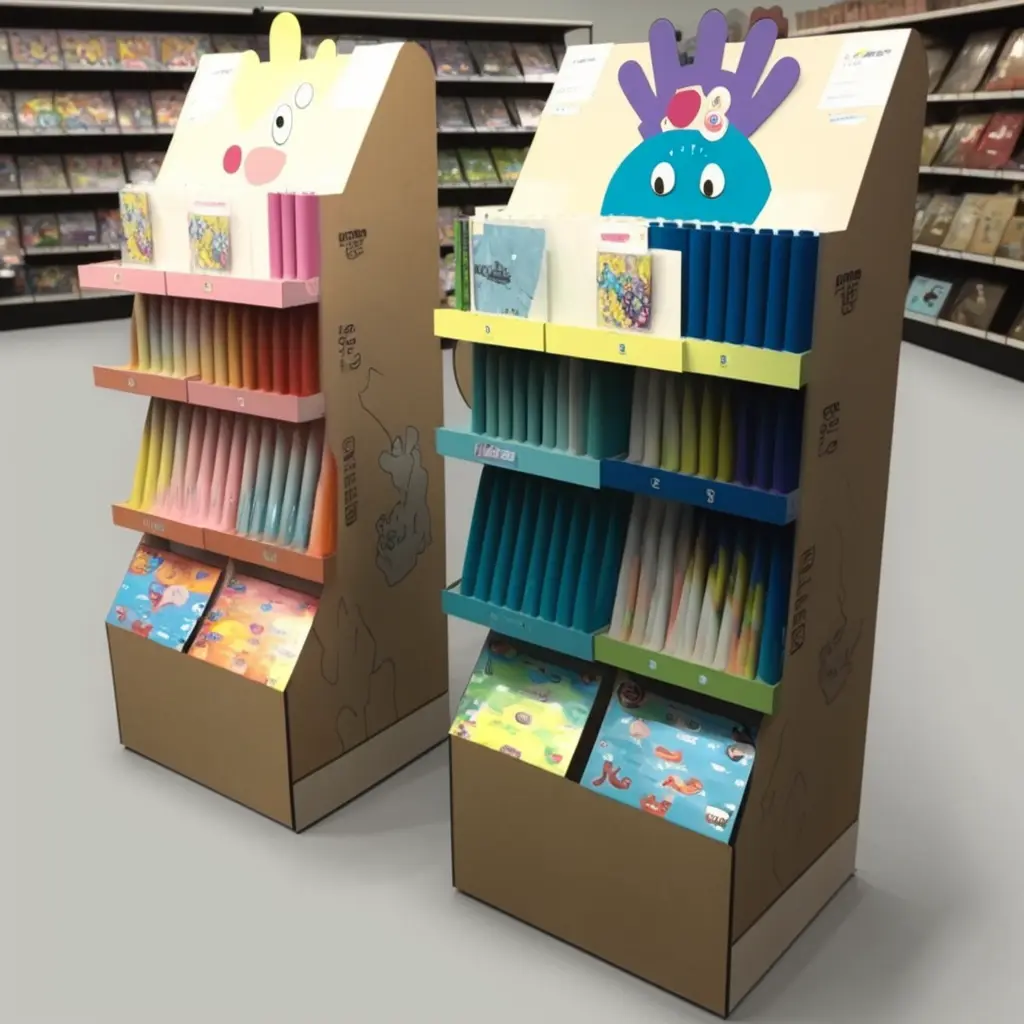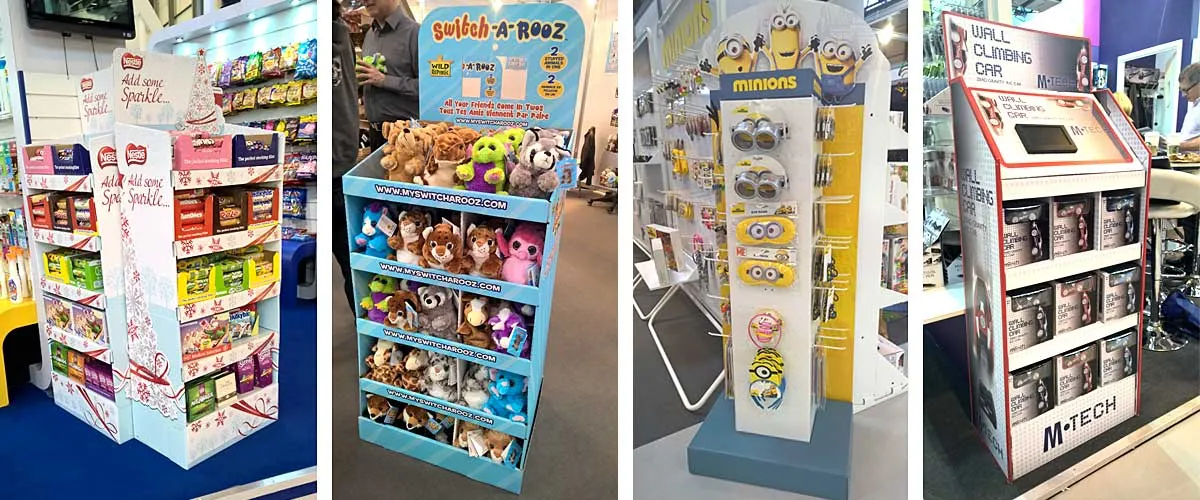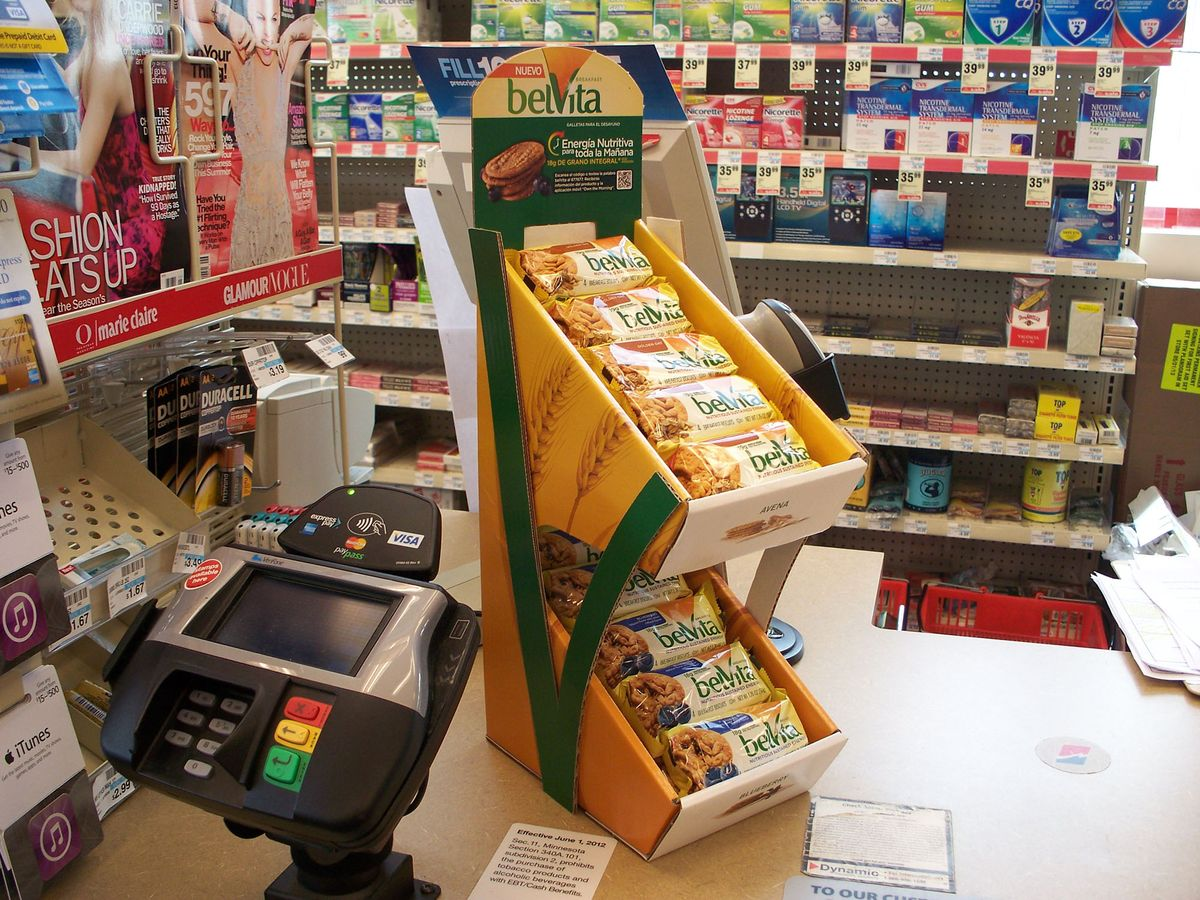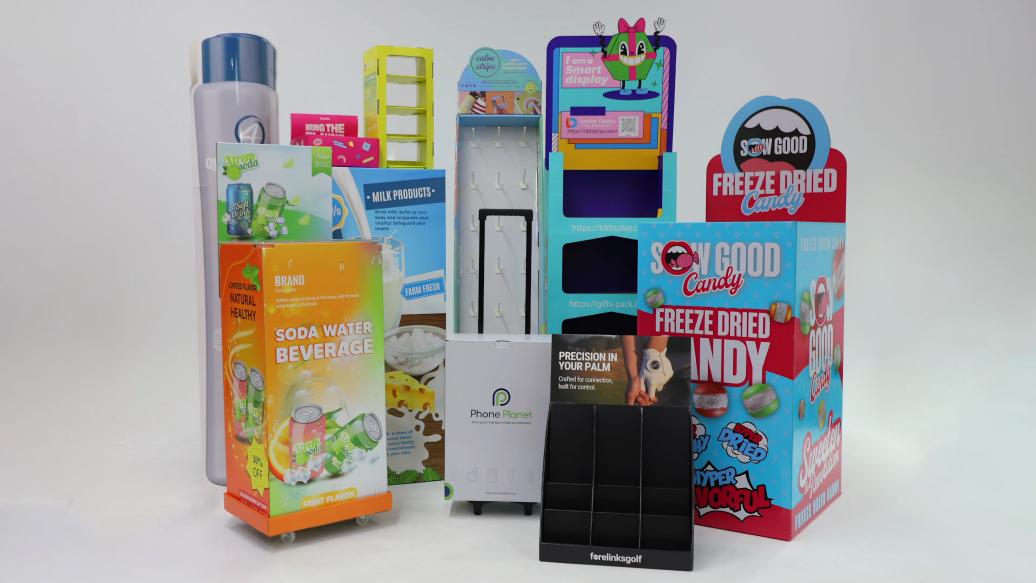Your products are great, but they get lost on generic shelves. Custom retail displays grab attention, tell your brand's story, and make your products the hero of the aisle.
Custom retail displays are marketing tools designed specifically for your product and brand. They boost sales by increasing product visibility, reinforcing brand identity, and creating an interactive shopping experience that standard shelving simply cannot match. They are built to attract and convert customers right in the store.

Thinking about displays can feel overwhelming. You wonder about the cost, the design, and if they really make a difference. After 16 years in this business, I can tell you they are one of the most powerful tools a brand has. But their power comes from understanding what they truly are and how to use them correctly. Let's break down the fundamentals so you can see why they're so essential.
What is the purpose of a retail display?
Your product sits on a crowded shelf, easily overlooked. Without a spotlight, it remains unseen and unsold, no matter how good it is. A retail display solves this problem.
The main purpose is to be a silent salesperson. It grabs a customer's attention, highlights the features and benefits of a product, and encourages them to make a purchase decision on the spot. It organizes merchandise and communicates a brand's message effectively.

A retail display does more than just hold products. It creates a destination. In my years of experience, I've seen that the most successful brands understand this. They don't just ship products to a store; they create an experience for the customer. A well-designed display is the stage for that experience. It has several key jobs that it must do to be effective. Think of it as a checklist for success.
| Display Function | Description |
|---|---|
| Attraction | It must visually stand out from the surrounding environment. This is done with unique shapes, bold colors, and clever graphics. |
| Information | It needs to quickly tell the customer what the product is and why they need it. This can be through text, images, or even a QR code. |
| Engagement | The best displays invite interaction. They make it easy for customers to pick up the product and examine it. |
| Branding | It must consistently represent your brand's look and feel, reinforcing brand recognition and trust. |
A simple cardboard stand, when designed with these purposes in mind, can single-handedly lift a product's sales and make it a category leader.
What does "display custom" mean?
You have a uniquely shaped product, but stock displays are all square. This mismatch looks unprofessional and fails to present your product properly. A custom display is the perfect solution.
"Display custom" means the stand is engineered from the ground up just for you. Every detail—size, shape, material, and artwork—is tailored to fit your specific product, support your marketing campaign, and strengthen your brand identity in the retail space.

Customization is where we, as designers and manufacturers, can solve real problems for brands. It's not just about making something look pretty. True customization is about function. For example, brand consistency1 is critical. The red on your display must be the exact same red as your logo. When I started Lddisplay, I invested heavily in an advanced color management system2. I knew that getting the color perfect was not a small detail; it was everything. It ensures the display and the product look like a single, cohesive unit, which gives customers a feeling of quality and trust.
Another part of custom design3 is the structure itself. It's about more than just holding the weight of your products. It's about designing a structure that protects the product while making it look its best. I often work with product designers like Peter, who have a brilliant vision for their brand. My job is to take that vision and turn it into a physical display that is strong, stable, and practical for a busy retail floor. It’s a partnership between creative vision and engineering know-how.
Why are displays so important in any retail environment4?
Imagine a customer walking down a store aisle. They are bombarded with thousands of products, all screaming for attention. In this chaos, your product becomes invisible and gets ignored.
Displays are important because they cut through that noise. They act as a billboard right at the point of decision, separating your product from the competition and directly influencing a customer's choice. A good display turns a browser into a buyer.

The practical side of displays is just as important as the visual side. A beautiful display is useless if the store staff can't put it together easily. I’ve heard horror stories from clients about displays that arrived with complex instructions and took an hour to assemble. That's a huge hidden cost in labor. It became a personal mission for me to fix this problem. At Lddisplay, we focused our innovation on creating displays that are incredibly easy to assemble.
We developed pop-up structures and intuitive locking systems that require no tools and no confusing manuals. In fact, some of our displays can be fully assembled in just two seconds. This saves retailers time and money, and it ensures that our displays actually make it onto the sales floor looking exactly as they were designed. It’s a practical benefit that makes a custom display a smarter investment.
| Feature | Outdated Displays | Lddisplay's Smart Displays |
|---|---|---|
| Assembly Time | Often 20-40 minutes | As fast as 2 seconds |
| Complexity | High, requires instructions | Intuitive, no tools needed |
| Labor Cost | High and unpredictable | Almost zero |
| Success Rate | Often assembled incorrectly | Assembled perfectly every time |
What is the purpose of a retail store using point of purchase displays5?
A customer has their cart full and is heading to the checkout. Your job is done, right? Not yet. They might still walk out without seeing your newest product or special offer.
The purpose of a Point of Purchase (POP) display is to trigger impulse buys6. Placed in high-traffic areas like checkout lanes, they present a final, compelling offer to customers who are already in a buying mindset, significantly increasing last-minute sales.

A display’s journey is not complete until it arrives safely at the store. This is especially true for my clients overseas. After spending so much time and effort on the perfect design, the last thing anyone wants is for it to arrive damaged. I’ve learned over 16 years that successful delivery is a critical part of the project. A damaged display is a failed display. That’s why we developed a rigorous process to ensure every order arrives in perfect condition.
First, we analyze the best packaging method7. Some orders are best shipped flat-packed to save space, while others are better sent on pallets for maximum protection. We choose the right method for each job. Second, we perform waterproof testing8 before shipment to guard against moisture damage, a common issue during sea transport. Finally, and this is something I'm very proud of, we created a 3D shipping protection card design9. This is a custom internal brace that we place inside the shipping boxes. It holds the displays securely in place, preventing them from shifting or being crushed during transit. It's a small innovation, but it ensures our clients’ investment is protected all the way to the store floor.
Conclusion
Custom retail displays are essential tools. They capture attention, build your brand, and most importantly, drive sales by making your product the star. True success comes from a partner who perfects every detail.
-
Understanding brand consistency can help you maintain a cohesive brand image, crucial for customer trust and recognition. ↩
-
Explore how color management systems ensure accurate color reproduction, enhancing product appeal and brand identity. ↩
-
Discover how custom design can elevate your retail strategy and improve customer engagement. ↩
-
Understanding the retail environment can help you design displays that capture attention and drive sales. ↩
-
Learn how effective POP displays can trigger impulse buys and boost your sales at checkout. ↩
-
Discover effective strategies to encourage impulse purchases and maximize sales opportunities. ↩
-
Understanding packaging methods can help protect your displays during shipping and ensure they arrive intact. ↩
-
Learn about the significance of waterproof testing in preventing damage during transport, especially overseas. ↩
-
Explore innovative shipping solutions that protect your displays and ensure they arrive in perfect condition. ↩





